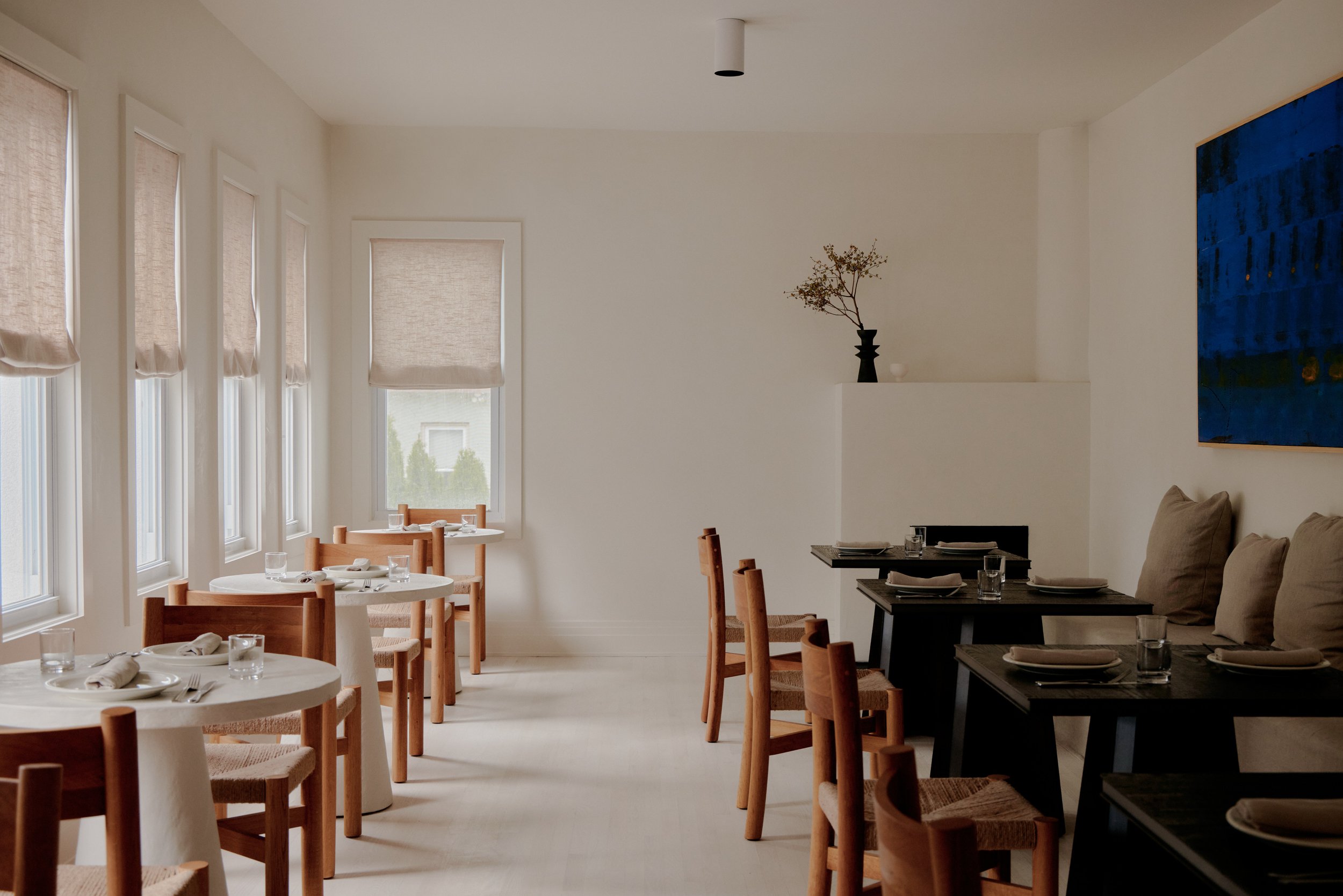
How is Plaster Applied?
Applying Plaster requires skill and attention to detail to achieve the desired smooth, waterproof finish. Here's a general overview of the process:
Surface Preparation: Ensure that the surface to be coated with plaster is clean, dry, and free of dust, dirt, and other contaminants. If necessary, repair any cracks or imperfections in the substrate and allow it to dry completely before proceeding.
Base Coat Application: Apply a base coat of lime plaster to the surface using a trowel or plastering tool. The base coat should be applied evenly and allowed to partially dry before proceeding to the next step. Multiple layers of lime plaster may be applied if necessary to achieve the desired thickness and smoothness.
Burnishing: Once the base coat has dried to a tacky consistency, begin the process of burnishing. This involves compressing and smoothing the surface of the lime plaster using a polished stone or agate, working in circular motions to create a smooth and even finish. Burnishing helps to compact the lime particles and close the surface pores, enhancing the waterproof properties of the Plaster.
Application of Plaster Mixture: Prepare the plaster mixture by mixing lime plaster with water to create a smooth, workable paste. The mixture should have a creamy consistency and be free of lumps or air bubbles. Apply the Plaster mixture to the surface in thin, even coats using a trowel or spatula, working in small sections to ensure proper coverage.
Polishing: Once the Plaster mixture has been applied, begin the process of polishing to achieve the desired smooth, shiny finish. Use a polished stone or agate to compress and smooth the surface of the Plaster, working in circular motions to create a uniform appearance. Continue polishing until the surface is smooth and shiny, taking care not to overwork the Plaster or apply too much pressure.
Final Finish: After polishing, allow the Plaster to dry completely before applying any additional finishes or sealants. Depending on the desired appearance, the surface can be left with a matte or shiny finish.

